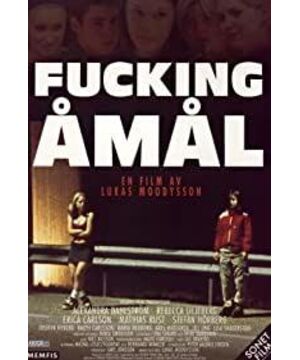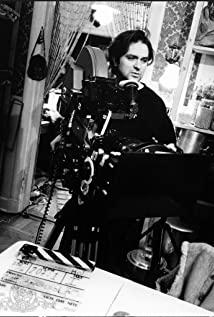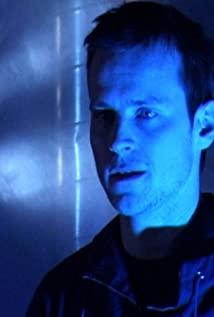My first approach to prove this claim is to describe Show Me Love (SML) as a counterpart of Ghost World (GW) in terms of girl-girl affection/relationship—in GW, Enid is presumably heterosexual in consideration of her alternative relationship with Seymore; however, her attachment to Becky implies a questionable queer relationship. Conversely, SML depicts how Elin “comes out of closet” from being “straight”, yet, she is not necessarily a lesbian because of the complexities in her character.
Another similarity between SML and GW is the same formula of the ensemble, which includes a popular, outgoing, pretty girl (Elin vs. Becky), and an unpopular, lonely, depressed girl (Agnes vs. Enid). This ensemble is also common in other girl films we watched throughout the semester, such as Jennifer's Body, American Beauty, and Thirteen. One possible reason is an existing and comprehensible girl bond in the story—the unpopular girl admires the popular one, and she wants to be close to her. In result, this ambiguous girl-girl attraction brings a disputable label between “sisterhood” and “queer”. In SML, the search for sexual orientation from Elin's perspective is the main theme; specifically, the literal “coming-out-of -closet” (the toilet) scene towards the ending lead audiences to label her as a lesbian. But is she for real?
My second approach is to analyze the two protagonists' characters. Elin is an alternative girl who is confused of her identity. She does not know what kind of person she wants to be, and she only knows she does not want to be normal—" I want to be weird... because I don't want to be like everyone else”. She thinks it is cool to be a lesbian, and she is “going to be one”. In this sense, she comes out of the closet because she wants to be a lesbian, or because she actually is identifiably queer? Being 14-year-old, Elin is mature enough to comprehend life and to identify herself. For example, what she knows about life is it is going to be a “nightmare”—“a kid, a car, a house; then husband leaves with some one young”, and she is “stuck with kids that just scream and nag”—which is something she will try her best to prevent from happening .Accordingly, can audiences trust Elin's “coming-out-of closet”? The film only leaves it to an open interpretation.
Furthermore, we might even doubt if Agnes is a lesbian. Also being a young teenager (16 year-old), how does she know she is a lesbian or not? All she knows is she is in love Elin; not girls, or any other girls. And the kiss, the origin of all the dramas, is actually Agnes' first kiss, and the film never indicates Agnes' history of loving or being with other girls. One possible explanation for her self-identify could be what Ang Lee once said in an interview —"Everyone has a Brokeback Mountain in heart." —Even adult could get confused, let alone a teenager girl?
The ending scene of SML is especially symbolic—Elin is happily sharing her experience with Agnes about making chocolate milk. To some extent, the talking content is not important—it just shows the girls really get along, and in a platonic way, which is a respond to Elin's previous statement in front of the toilet “Here's my new girl!…We're going to FUCK”. Yet, the ending scene is actually somewhat significant; it highlights the film's theme allegorically—life is like making the chocolate milk , you add some milk here or there, and pour it into this or that glass, then “it makes a lot of chocolate milk”, and you have a complete life. “It doesn't matter” how complicated the process is, because it is supposed to be.
Rather than verifying Agnes and Elin's as lesbians or not, I interpret Show Me Love as a lesbian film being ambiguous about protagonists' sexual orientation. The film actually questions one's measure of defining a queer girl or lesbian; as during life time, especially youth time , “The Broke Mountain” happens, and “the lack of identity” happens.
© Lydia L
4/27/2011
View more about Show Me Love reviews









